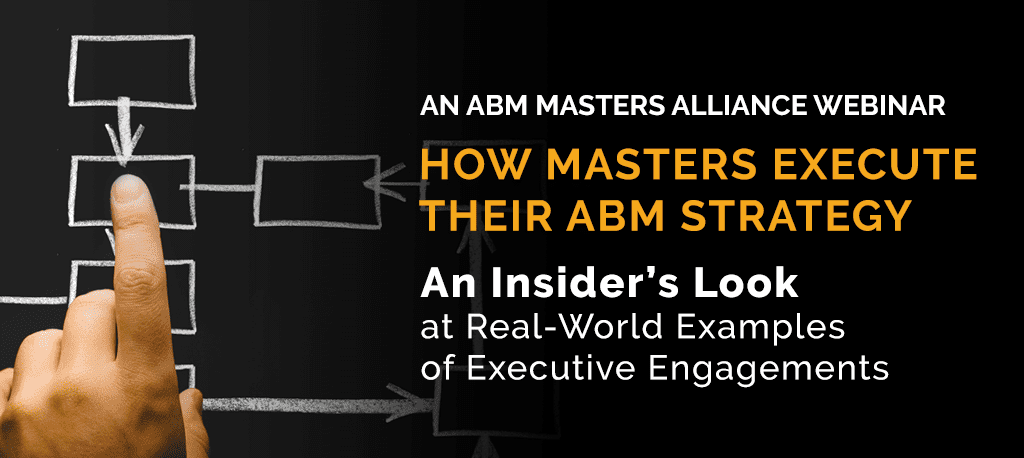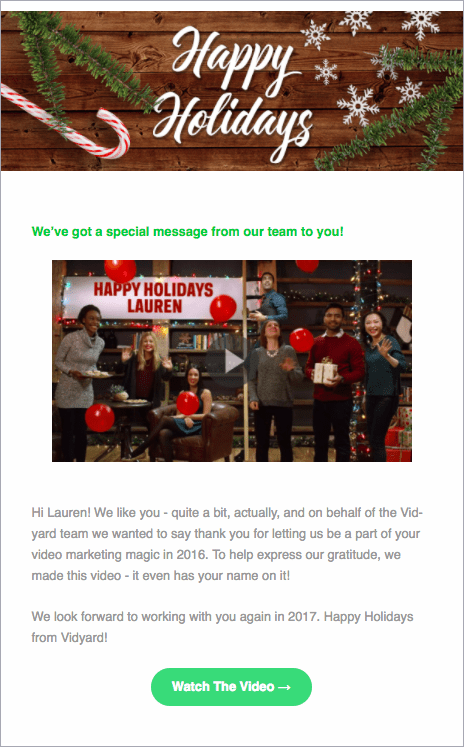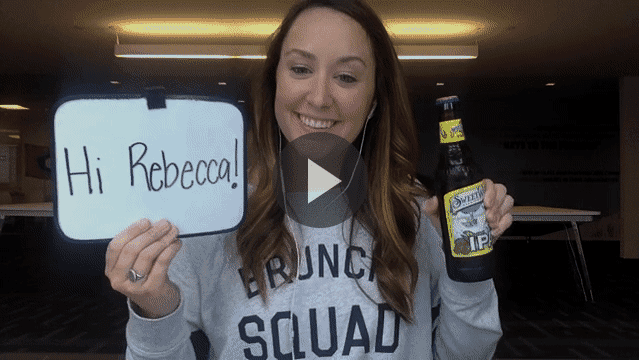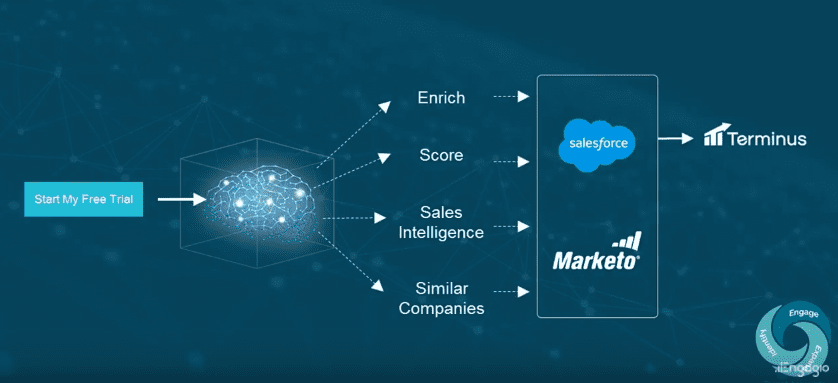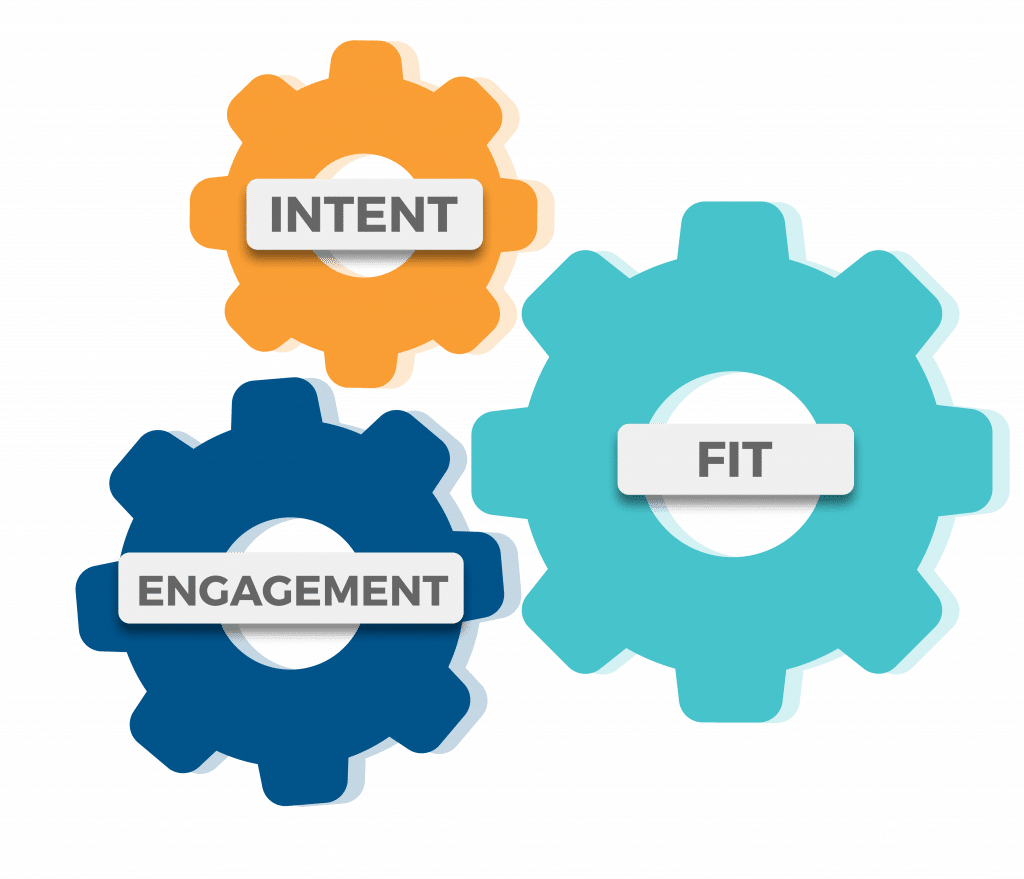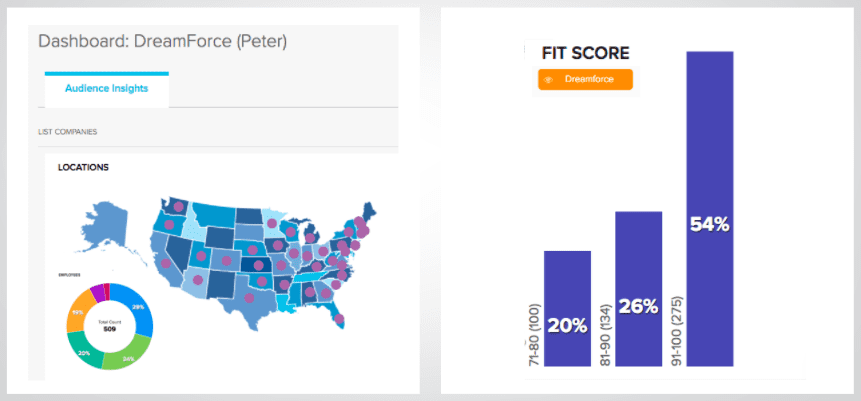Meet the ABM Masters
The ABM Masters is an alliance of account-based marketing partners dedicated to bringing you the best ABM content and experiences and helping you, too, become a master.
Recently, we joined six other ABM Masters for a webinar to discuss how our B2B marketing and sales teams execute account-based strategies. The experts featured on the webinar were:
- Tyler Lessard, VP of Marketing at Vidyard
- Deborah Holstein, CMO at EverString
- Kristi Bjornaas, Marketing Manager at Reachforce
- Peter Herbert, VP of Marketing at Terminus
- Tara Robertson, Director of Revenue Marketing at Uberflip
- Braydan Young, Head of Growth at Sendoso
- Sandra Freeman, Head of Strategic Marketing at Engagio
Each of the speakers shared practical, real-world examples of the account-based strategies, tactics, and technology they use to drive business growth. Watch the recording of the webinar below, and read on for three ABM case studies from the masters.
First, 4 Things to Know About Account-Based Marketing (ABM)
Before we look at the tools and tactics account-based marketers are using to drive results, let’s make sure we’re all on the same page about ABM. In the webinar, Tyler Lessard, VP of Marketing at Vidyard, explained some key points every B2B marketer should understand about account-based marketing.
1. Account-based marketing is not the antithesis of inbound marketing.
Inbound marketing relies on lead generation — driving as many leads as possible using gated content, events, and so on. Account-based marketing, on the other hand, is a targeted and proactive approach to marketing.
In spite of their differences, ABM and inbound can and should coexist. What needs to change, however, is the overwhelming focus on quantity of inbound leads over quality. When you’re doing ABM right, you will see inbound activity from your named target accounts, and you’ll also be able to better identify net-new inbound leads that belong to accounts that fit your ideal customer profile (ICP).
2. ABM is about efficiency.
The proliferation of technology and communication channels has forced marketers to focus on efficiency. As Tyler explained in the webinar, “It’s forcing us to take a more disciplined approach to how we define our ideal customer profiles, identify the key accounts that we want to go after, and make sure that both marketing and sales are being most efficient and effective in how they are spending their time and their resources.”
3. We live in an attention economy.
“Everybody is bombarded with so much information,” Tyler said, “and I’m sure you will agree that it is harder than ever to get someone’s attention and to hold their attention once you have it. So we need to think about new ways to help us cut through the noise to show that we are different and that we are better, new ways to engage customers, engage target accounts, and keep them connected with us throughout the buying journey.”
4. The B2B buying process is more collaborative than ever.
Depending on who you ask, the average B2B buying committee is made up of four to 20 people. Those individuals range from the end-user of the product or service to the finance team and C-level executives with decision-making power. All these individuals have different concerns in the buying process, and this is a key consideration in ABM.
Tyler put it perfectly when he said, “We need to think differently about how we build relationships in target accounts, how we influence the decision process, and what kind of tools we use to connect broader within these key accounts rather than relying solely on our single champion.”
3 Ways to Win Big with Account-Based Marketing Tools & Tactics
So, what does account-based marketing look like in real life? What are some different use cases for ABM, and what steps can B2B teams take to get started? Let’s look at three examples from the ABM Masters webinar.
1. How Vidyard Uses Video to to Engage Target Accounts
Vidyard’s marketing and sales teams use video to engage their target accounts throughout the entire customer lifecycle. At the top of the funnel, they use educational videos as part of their email nurture campaigns. They’ve found that using videos in marketing emails doubles engagement rates, and personalized videos increase response rates by 3x-5x!
[ctt template=”1″ link=”55HR7″ via=”yes” ]”Personalized videos increase response rates by 3x-5x!” @Vidyard #ABM[/ctt]
Using their own video platform, Vidyard’s marketing team can create personalized videos at scale. Here’s an example of one of these videos, which Lauren Patrick from our marketing team received from Vidyard last holiday season. The personalized video was so impactful that it got forwarded around our entire office within the day.
Their sales team also uses personalized ABM video content to engage with key personas at target accounts and explain how Vidyard can solve their unique challenges. This level of thoughtful personalization is crucial in account-based interactions because it shows your prospects that you understand and care about the problem they are trying to solve.
As Tyler said, “What is powerful about video messages is people inherently recognize that this was something done just for them, especially if you use a trick like putting their name on a whiteboard.”
At Terminus, we’ve also had incredible success with 1:1 videos from our sales development team. Using these videos, our reply rates have tripled and our clickthrough rates have increased by an impressive 37%.
Tyler also emphasized the importance of measurement. You can’t just throw out videos and hope they’ll land. Like any other sales and marketing activity, you need to make sure you can prove the impact of your efforts and adjust your strategy accordingly.
“You can use the analytics behind your videos to know who is actually engaged in your content,” he explained. You can use information like who watched your videos, how long they engaged, whether they shared the video with someone else in their company, and so on.
2. How EverString Uses Account-Based Advertising to Increase Account Engagement
EverString is a self-service AI platform for B2B sales and marketing. A critical part of their marketing strategy is a 7-day free trial of their audience platform, which functions as a hand-raiser that indicates when an account is interested in their product but isn’t yet ready to speak with a sales rep.
Using traditional B2B marketing principles, this inbound lead would likely be passed on to sales and promptly forgotten about if they weren’t immediately ready to buy. But EverString takes the account-based route to qualify and expand their reach within these accounts.
EverString’s CMO, Deborah Holstein, explained how this works. “As soon as a new user is auto provisioned into the free trial,” she shared, “that account is enriched, qualified, and scored with the EverString platform.”
This allows her team to learn more about the account, including how well it fits their ideal customer profile. The resulting fit score determines how they engage with the person who started the trial.
Deborah said, “For folks who are high fit scorers for us, one action that we do is immediately fire up a Terminus [digital advertising] campaign that is designed to reach the other sales and marketing players within that account.”
Account expansion is so important because the person signing up for a free trial is usually the end-user and rarely the sole decision-maker. By taking an account-based approach, EverString’s marketing team is able to engage additional members of the buying committee and create a warm environment for their sales team.
78% of the target accounts in this Terminus campaign have engaged with EverString’s ads, Deborah shared. “This high of a level of engagement is really because of the tight, tight targeting. One of the smartest ways to invest your money, especially in display, is to only pay for the people that you precisely want to reach and not have to think about all the others. You are able to just have the highest ROI because you are focusing only on the accounts and only on the titles that matter most for you.”
[ctt template=”1″ link=”UclR8″ via=”yes” ]”Targeting only accounts that matter to you = higher ROI,” says @dholstein @EverString #ABM[/ctt]
3. How Terminus Builds Dynamic Audiences for ABM
Here at Terminus, we select and prioritize our target accounts using a formula we call Fit + Intent + Engagement. Our VP of Marketing, Peter Herbert, came up with this formula alongside his former colleague (and longtime Terminus customer) Kristen Wendel of LeanKit.
In the webinar, Peter explained, “The whole goal here is not just to get accounts to fill in forms and create leads on our website. We actually activate our sales team off of accounts that show engagement as well as intent.”
[Tweet “We activate sales and marketing activities when accounts show engagement + intent. @PeterKHerbert”]
And of course, all accounts are filtered based on how well they fit our ICP. If an account does not have a high fit score as determined by EverString (and our trusty marketing operations team!), we won’t spend any time, money, or resources on marketing and selling to them.
“With EverString, we can easily build audiences,” said Peter. “For example, we can filter to our ICP. But the special power of EverString is actually our ability to create AI-assisted models that determine which accounts are the best fit.”
We also use Bombora intent data within the EverString platform to identify companies demonstrating intent to purchase solutions like ours. We bring this intent data into Salesforce to:
- Give our sales team insight into their accounts’ behavior
- Trigger Terminus account-based advertisements that align with the keywords they’re searching for
At Terminus, we also use EverString to build audiences for events. During the webinar, Peter explained how we did this for Dreamforce 2017.
“Dreamforce is a very large event,” he emphasized. “I don’t necessarily know who exactly is going to be there. But before the show, I can build an audience and understand from intent data which of my target accounts — and even [net-new] accounts — are showing intent for Dreamforce. Then I can filter by fit score, promote to them, and set up sales appointments.
Watch the Webinar for More Examples From the Masters
These are just three of the use cases members of the ABM Masters Alliance shared during the webinar. Watch the recording to learn more, including how B2B teams can:
- Segment target account lists
- Drive event attendance with direct mail
- Host successful executive-level events
- Orchestrate marketing and sales activities across different channels
- Create custom content for different buyer personas and industries
- Get 6-13% clickthrough rates on 1:1 account-based ads
